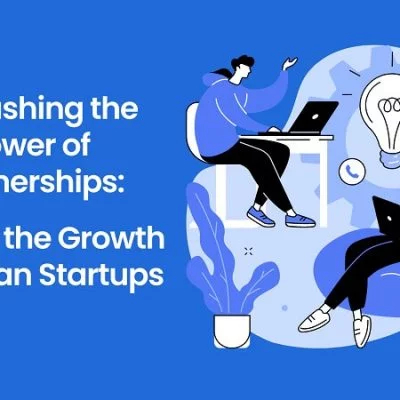Hey guys, today in this article, we are going to discuss the main causes of employee turnover. So keep reading.
Years ago, changing jobs after a year or two was weird. Other times, people naturally assume that you have a loyalty problem. But in today’s age and time, especially with millennials, job bouncing has been on a high. Thanks to the pandemic, employees see remote work possibilities and are fast jumping ships.
Why stick to a nine to five when you can enjoy tremendous flexibility? This trend poses a huge talent deficit and a severe threat to employers. It is not enough to offer lucrative salaries; companies need to have a solid organizational culture. This includes having a clearly laid out engagement strategy visible even from the recruitment phase.
Defining Turnover
Research shows that organizations with a strong onboarding process improve retention rates by 82 percent. Onboarding helps employees bond with the organization and see where they fit in things, and this enhances employee engagement and helps to imbibe the work culture.
Employee turnover can be defined as the number of employees who leave an organization over time. This could be employees leaving of their own volition or being laid off. Employee turnover affects morale and costs organizations a lot. Here are some of the reasons for a high employee turnover?
The Main Causes Of Employee Turnover:
Little or No Growth and Progression
Organizations need to focus on creating growth and career development opportunities for employees. Companies cannot afford to see training as a cost-related activity but rather as a long-term investment. Training, mentoring, and leadership development programs are some initiatives that show employees that the organization cares about their career progress, and employees are willing to give up 12 percent of their salary for training and flexibility.
When employees observe that companies don’t focus on growth, they feel trapped and quickly look for a way out. This often means looking for organizations that make growth their priority. Offering growth and development opportunities tell employees that they can climb the career ladder. And that they don’t have to look for other places to improve their status and income.
Little to No Feedback and Recognition
Giving no feedback is probably the only thing worse than no feedback. A lack of feedback leaves employees often stranded and confused. Sometimes, staff doubts their abilities, self-esteem is lost, and a series of thoughts begin to flood the mind.
When there’s no feedback or recognition, employees lack guidance on developing themselves. They don’t know what they’re doing right or what needs improvement. Feedback doesn’t have to be positive, but managers must be constructive, so negative reviews don’t blindside employees. Employees who get positive feedback are 3.6 percent less likely to look for new jobs.
Implementing modern technology like UCAAS can help improve feedback and recognition. A manager’s job can be overwhelming at times, and all the focus is on getting results. Using a collaborative tool like UCaaS that helps keep all communication on a platform makes it easier. As project tasks are submitted, managers can give real-time feedback and recognition through text, email, or video calls.
Little or No Opportunity to Make Decisions
One reason for employee turnover is a lack of opportunity to make decisions. Every employee wants to feel important and know that their work counts. Better still, the staff wants to be trusted by their managers to make decisions within their jurisdiction. Micromanaging employees kills the opportunity for employees to be innovative.
Employees become passive when their input isn’t valued. Excessive control causes frustration which increases turnover. Every manager should look to delegate and trust the employee’s ability to deliver. When employees are allowed to make decisions, they become more proactive.
Poor Remuneration and Benefits
As much as the work culture and engagement strategy are essential, the fundamentals must be intact. The reason why people work is to earn pay and take care of their needs. And so, if an organization’s payment and benefits package isn’t attractive by the industry standard, employees would leave for higher pay elsewhere. Companies must offer decent packages that include pension, healthcare, dental, and commissions.
Millennials are the largest workforce group in the U.S., and 91 percent say they’re attracted to a job because of salary and benefits. Having highlighted how expensive it is to hire rather than retain, organizations also need to incorporate a performance-based bonus system. This incentive improves morale and increases the retention rate. This way, employees feel valued, making it difficult for competitors to poach top performers.
The Key To Success
Beyond offering growth opportunities and competitive packages, companies need to look long-term and build a sustainable work culture. Organizations need to understand that times are changing, and what was important ten years ago may not match up now. Employees now place a premium on flexibility, diversity, and inclusion. The more adaptable organizations are, the more successful they become in talent acquisition and management. I hope you liked this article on the main causes of employee turnover. Thanks for reading!.









